Graham Reid | | 8 min read
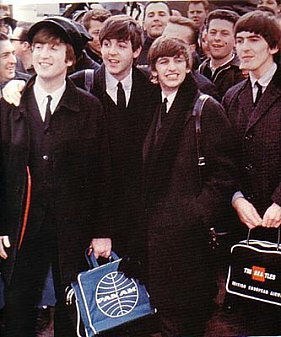
In the beginning there were just the four of them. Then we learned of the fifth Beatle.
Depending on who you talked to it was producer George Martin, New York DJ Murray the K, or the dumped drummer Pete Best.
Then we heard about their Hamburg days and the dead Beatle Stu Sutcliffe, their manager Brian Epstein (below) and the rest of the supporting cast.
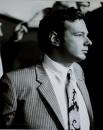 As their legend grew the list of the Beatle-infected lengthened accordingly. There was Cynthia Lennon, Jane, Patti and Maureen. Later Yoko, Linda and ...
As their legend grew the list of the Beatle-infected lengthened accordingly. There was Cynthia Lennon, Jane, Patti and Maureen. Later Yoko, Linda and ... 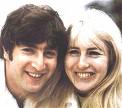
Members of their inner circle were interviewed or wrote books about whatever minor role they might have played. John Lennon's half sister weighed in with her story of someone she barely knew, and Lennon's absent father reappeared and cut a single.
The Beatles became a concept, something larger than their lives. But in the beginning there were just the four of them -- and that life-affirming music.
Almost 50 years ago the Beatles arrived on the world stage. Yes, they had been big in Britain during late 1963 but when they arrived in America their lives became legends. Despite their cocky self-confidence their American success surprised them.
"We didn't think there was a chance," said Lennon later. "We just didn't imagine it at all, we didn't even bother. Even when we came over to America the first time we were only coming over to buy LPs." 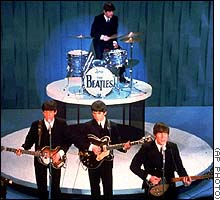
That first time, they played the Ed Sullivan Show. That historic Sunday night the primetime variety programme also featured a magician doing a card and salt shaker trick, Frank Gorshin the impressionist (and later the Riddler in Batman), Terry McDermott an Olympic athlete, the cast of Oliver, and Tessi O'Shea singing a medley of favourite show tunes.
But on February 9, 1964 73 million people -- the biggest television audience ever -- tuned in to see the Beatles. They had the number one single with I Want to Hold Your Hand and interest had been fanned by the media in the previous two days since their arrival in New York to 4000 screaming fans.
Few Americans had seen -- or heard -- anything like them. The press, prepared to give them a hard time, wilted in the face of their humour although many were sceptical about whether their homeland success would travel.
Jack Gould in the New York Times doubted Beatlemania could be exported: "Hysterical squeals emanating from developing femininity really went out coincidental with the payola scandal and Presley's military service." Evangelist Billy Graham said, "they're just a passing phase".
They couldn't have been more wrong.
As with the Kennedy assassination, a lot of people know exactly where they were that day: in this case they were in front of their television sets. Even the petty criminals. In Beatle-lore it is said there were no reported incidents of crime in New York when the Beatles played that night.
The astute Sullivan opened his show with them -- All My Loving, Till There Was You -- then promised they'd be back later. Before the acrobatic team of Wells and the Four Days closed the programme they played I Saw Her Standing There and I Want to Hold Your Hand. 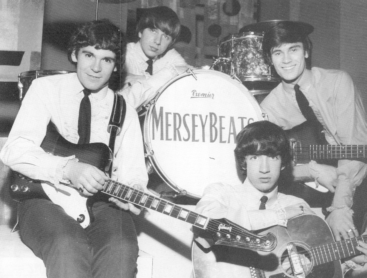
And everything changed. Teenagers formed bands, folk singers added amplification, boys grew their hair and tossed out the Brylcream -- and were sometimes suspended from school. Identikit Beatle-bands were everywhere, from Liverpool came the Merseybeats.
In this country we had the Merseymen playing at Phil Warren's Beatle Inn in Auckland (with a young Dylan Taite on drums as Jet Rink), and the Librettos on C'mon wore the same Beatles-style, felt-collar jackets.
Birmingham-born Tommy Adderley (right) who had jumped ship here in the late 50s put on his thickest Liverpool voice and had a minor hit with I Just Don't Understand (or "oonder-stund" as he said it). 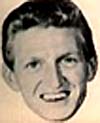
Ray Columbus sang She's a Mod with the Beatlish "yeah, yeah, yeah" refrain and got a career.
Suddenly there were long-haired pop bands everywhere.
If the end of civilisation had arrived, as some seemed to think, then it had a joyous soundtrack.
The cover image of With the Beatles -- their faces half-lit -- inspired innumerable copies (the Stones, the Merseybeats) and today a photo, album cover or song on the radio is a cultural shorthand evoking innumerable references. 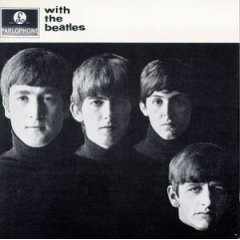
Arthur Fiedler recorded Beatles songs with the Boston Pops Orchestra, William Mann wrote of the Beatles' use of Aeolian cadences and pandiatonic clusters in The Times, and a young Cher (as Bonni Jo Mason) recorded Ringo I Love You.
Lennon wrote a knock-off book of amusing nonsense which was compared with Lewis Carroll and Edward Lear. It won the Foyle's Literary Prize. He wrote another.
They met the Queen, got MBEs, and made two films. London became hip, people spoke of Carnaby St. Shops had names like Granny Takes a Trip, Brolly Male and My Father's Moustache.
But as the western world enjoyed itself, the Beatles just kept working. Between April 1963 and December 1966 they released seven albums -- the first took 16 hours -- then retired from touring to go into the studio and get serious about making music. Sgt Pepper released in June 1967 took nine months.
What was it about the Beatles, other than that magical music?
They looked vaguely alike in their suits and "mop tops" and psychologists read something into that. But they had genuine and distinct personalities so there was a Beatle for every taste.
They were quick-witted ("How did you find America?" "Turn left at Greenland.") and unlike previous pop stars they openly smoked and drank. They were refreshingly working class and had fun with their fame because they figured it couldn't last.
But it did and they were cultural leaders and tastemakers. The Rolling Stones' first top-20 single was of a song Lennon and McCartney knocked off, McCartney penned Cilla Black's Step Inside Love and the only hits Peter and Gordon had. Lennon wrote Bad to Me and gave it to Billy J. Kramer to kick off his short career on the charts. 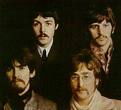
When the Beatles grew moustaches so did half the men in the western world.
It all happened quickly: The Ed Sullivan Show, the British invasion, Help and Yellow Submarine, the "Paul is dead" rumour, and All You Need is Love beamed live across the planet (except in New Zealand) in June 1967 to an audience of 150 million.
There was marijuana, incense and LSD, sitars and meditation. Without the Beatles there might have been no hippie trail across to Kathmandu.
We cannot conceive what the late 20th century would have been without the Beatles.
And it all began in 1964, captured in the DVD The Beatles: The First US Tour, which puts them in the context of their times.
The Beatles or a guy doing card tricks on Ed Sullivan's show? No contest.
Filmed by the Maysles Brothers, it captures the Beatles off guard or out of the spotlight. The 45-minute doco about the making of the main feature is as interesting.
The Maysles pushed their camera and microphone everywhere, from the Beatles' hotel suite to a family watching The Ed Sullivan Show at home. It was cinema verite that became fiction because the sequences on the train between New York and Washington DC and dancing at the Peppermint Lounge were replicated for their first feature film, A Hard Day's Night.
In the light of that -- and that some of the movie script came from what they said -- we witness fact and fiction blurring.
It was a strange time: we hear a radio DJ saying they will be on later reading their own poetry; another interrupts McCartney to read an ad for mattresses; Sullivan calls them "four of the nicest young kids we've ever had on our show". Lennon was 23 and married. 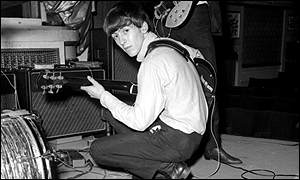
But they do look impossibly young. George Harrison -- who became jaded quickly with being a Beatle but was obviously loving every minute of it in these early days -- celebrated his 21st birthday a fortnight later.
It was all a lot more innocent and naive. And a lot less manufactured and manicured than it, and rock in general, would become.
In Washington they played in the round with Ringo's drum kit on a rotating central platform. After every couple of songs they had to turn the stage themselves. They picked up their own tiny amplifiers and moved them also. This was a time before roadies, foldback monitors so they could hear themselves on stage, and decent sound systems.
Despite that they were good, a better-than-average pop group attracting quite a bit of attention.
But after they played The Ed Sullivan Show nothing -- not them, us, or our world -- was ever the same again.
Their lives became legends, the myths grew to accommodate it.
Back then however, at the beginning in this remarkable grainy monochrome footage of winter 1964 in America, there were just the four of them.
And now there's just the two.

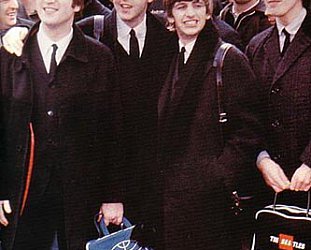
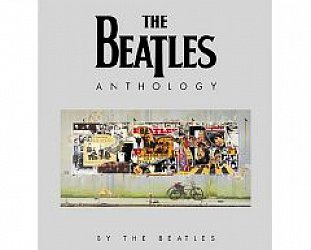

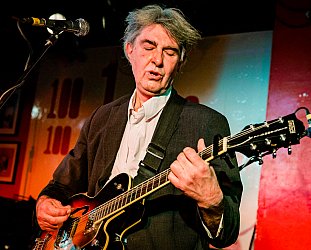
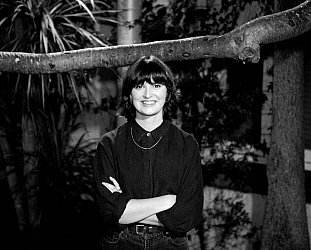
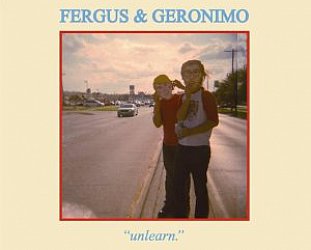
=] - Jan 15, 2009
I fucking love The Beatles*
Savepost a comment